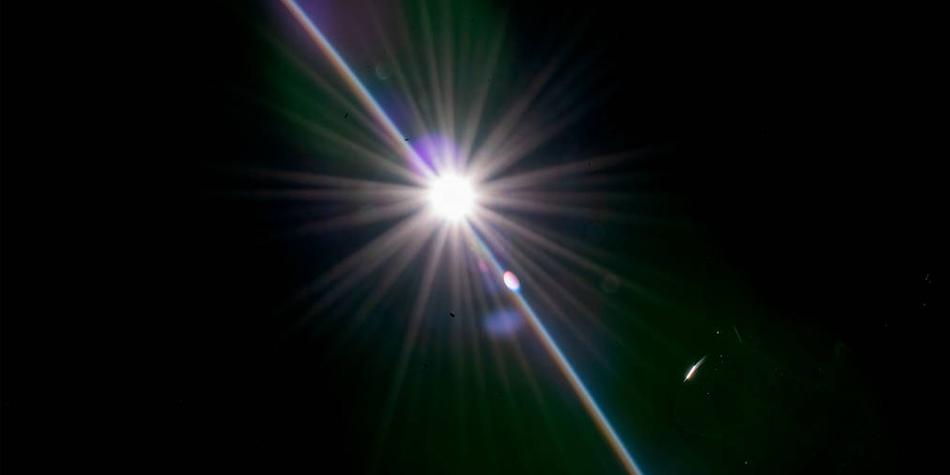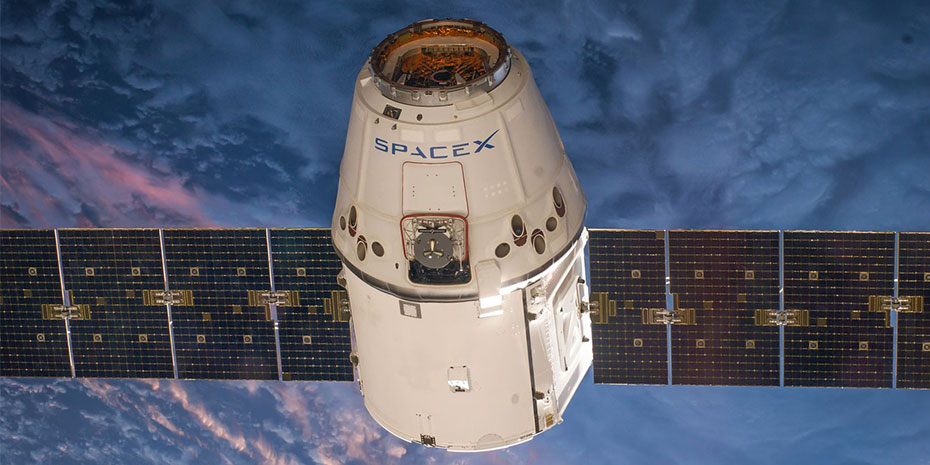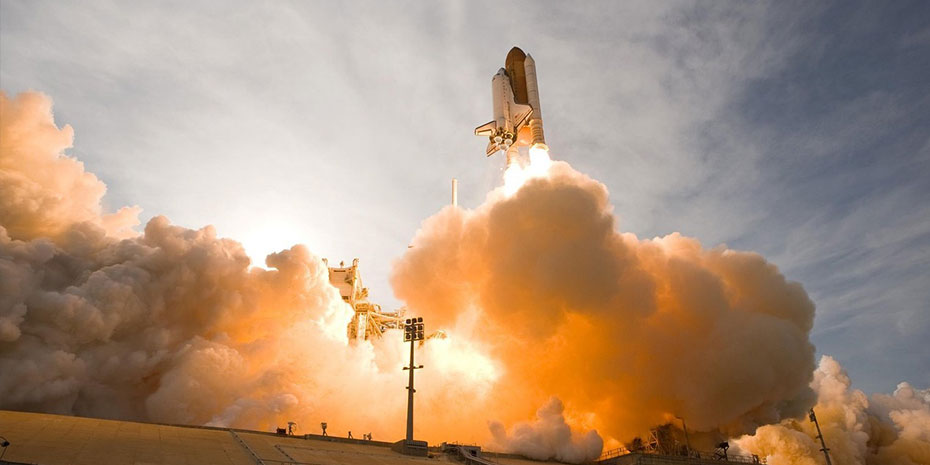
As we enter the month of April, the skies above us are filled with a range of celestial events, providing ample opportunities for stargazers to marvel at the wonders of the universe. From planetary conjunctions to meteor showers, there’s plenty to keep both amateur and professional astronomers busy this month. In this article, we’ll take a closer look at some of the most exciting celestial events for April and provide tips on how to best observe them. So, grab your telescopes and binoculars, and let’s explore the astronomical highlights of April together!
Artemis II Crew Announcement
The next big announcement from NASA and CSA (Canadian Space Agency) concerns the team of astronauts who will orbit the Moon on the upcoming Artemis II mission. Scheduled to fly in NASA’s Orion spacecraft, this mission marks the first crewed flight test towards establishing long-term scientific and human exploration on the lunar surface.
The upcoming Artemis II mission is set to put NASA’s foundational human deep space exploration capabilities to the test. Four astronauts will fly around the Moon during this approximately 10-day flight test, paving the way for future lunar surface missions, including the historic landing of the first woman and first person of color on the Moon. The ultimate goal of the Artemis missions is to establish long-term Moon science and exploration capabilities and inspire the next generation of explorers – the Artemis Generation. Building on the success of the unmanned Artemis I mission in 2022, which tested NASA’s mega Moon rocket and Orion spacecraft, Artemis II will provide vital insights into how the spacecraft operate in the challenging deep space environment over a 1.4-million mile journey beyond the Moon and back.
On April 3, at 11:00 AM EST, the crew roster will be announced!
Jupiter and Venus
Get ready for a celestial show this April as Jupiter and Venus make a close approach. Spot the bright light of Jupiter emerging from the morning twilight, situated about 20° lower left of Venus, 30 minutes before sunrise, and watch as Jupiter steadily climbs towards Venus for the next three weeks. Over this period, Jupiter’s apparent movement is mainly due to the Earth’s motion around the Sun. Moving along our orbit, we see Jupiter leave the Sun behind and move towards the west. Meanwhile, Venus, which moves much more rapidly around the Sun than Jupiter, appears to follow the Sun from our perspective, as it is closer to the Sun than us. At the start of April, Jupiter and Venus are distant. However, each passing morning brings them closer together until they pass each other by the end of the month. Don’t miss out on this incredible planetary pairing.

Lyrid Meteor Shower
The annual Lyrid meteor shower is set to grace the skies between April 16 and 25, with the peak of activity set to occur on the night of April 22, 2023. NASA meteor expert Bill Cooke revealed that the best viewing time will be before dawn, although the shower will become visible from about 10:30 p.m. local time. Stargazers can expect to witness luminous dust trains, which are visible for several seconds. The Lyrids are linked to Comet Thatcher, which orbits the sun every 415.5 years and produced its closest approach in 1861. Typically, the Lyrids produce around 15-20 meteors per hour, but in some years, an “outburst” can occur, generating up to 100 meteors per hour. The frequency of these outbursts, which averages 30 years, is difficult to predict, according to Cooke.
Highest Peak of Mercury
April is a great opportunity for viewing planets, beginning with the closest and smallest one – Mercury. Since it orbits the sun every 88 days, Mercury occasionally reaches its “highest” point – or furthest from the sun – making it visible from Earth. On April 28th, Mercury will be seen approximately 17° above the western horizon shortly after sunset. This is an ideal time to search for the tiniest planet in our solar system.
April has certainly lived up to its billing as an exciting month for celestial events. From the bright pairing of Jupiter and Venus to the captivating Lyrid meteor shower, there has been no shortage of astronomical wonders to marvel at. With the sightings that took place and the experiences that were had, April has certainly proven to be a month to remember for stargazers and astronomy enthusiasts alike. While April is coming to an end, there are still many more celestial events to come throughout the year, so keep your eyes on the skies and be ready for what the universe has in store for us next.
Sources Referenced:
2023 Lyrid Meteor Shower: All you need to know. EarthSky. (2023, March 25). Retrieved March 28, 2023, from https://earthsky.org/astronomy-essentials/everything-you-need-to-know-lyrid-meteor-shower/
April’s Night Sky Guide (April 2022). Farmers’ Almanac – Plan Your Day. Grow Your Life. (2023, March 1). Retrieved March 28, 2023, from https://www.farmersalmanac.com/aprils-night-sky-guide-april-2022
Dobrijevic, D. (2022, November 9). Lyrid meteor shower 2023: When, where & how to see it. Space.com. Retrieved March 28, 2023, from https://www.space.com/36381-lyrid-meteor-shower-guide.html
Ford, D. (Ed.). (n.d.). Lyrid meteor shower 2023. In the Sky. Retrieved March 28, 2023, from https://in-the-sky.org/news.php?id=20230423_10_100
Hambleton, K. (Ed.). (2023, January 20). Artemis-II. NASA. Retrieved April 2, 2023, from https://www.nasa.gov/artemis-ii
NASA. (2023, March 20). In depth. NASA. Retrieved March 28, 2023, from https://solarsystem.nasa.gov/asteroids-comets-and-meteors/meteors-and-meteorites/lyrids/in-depth/
NASA. (n.d.). NASA launch schedule. NASA. Retrieved April 2, 2023, from https://www.nasa.gov/launchschedule/
Stimac, V. (2023, March 20). 9 must-see astronomy events in the april night sky (2023). Space Tourism Guide. Retrieved March 28, 2023, from https://spacetourismguide.com/april-night-sky/





